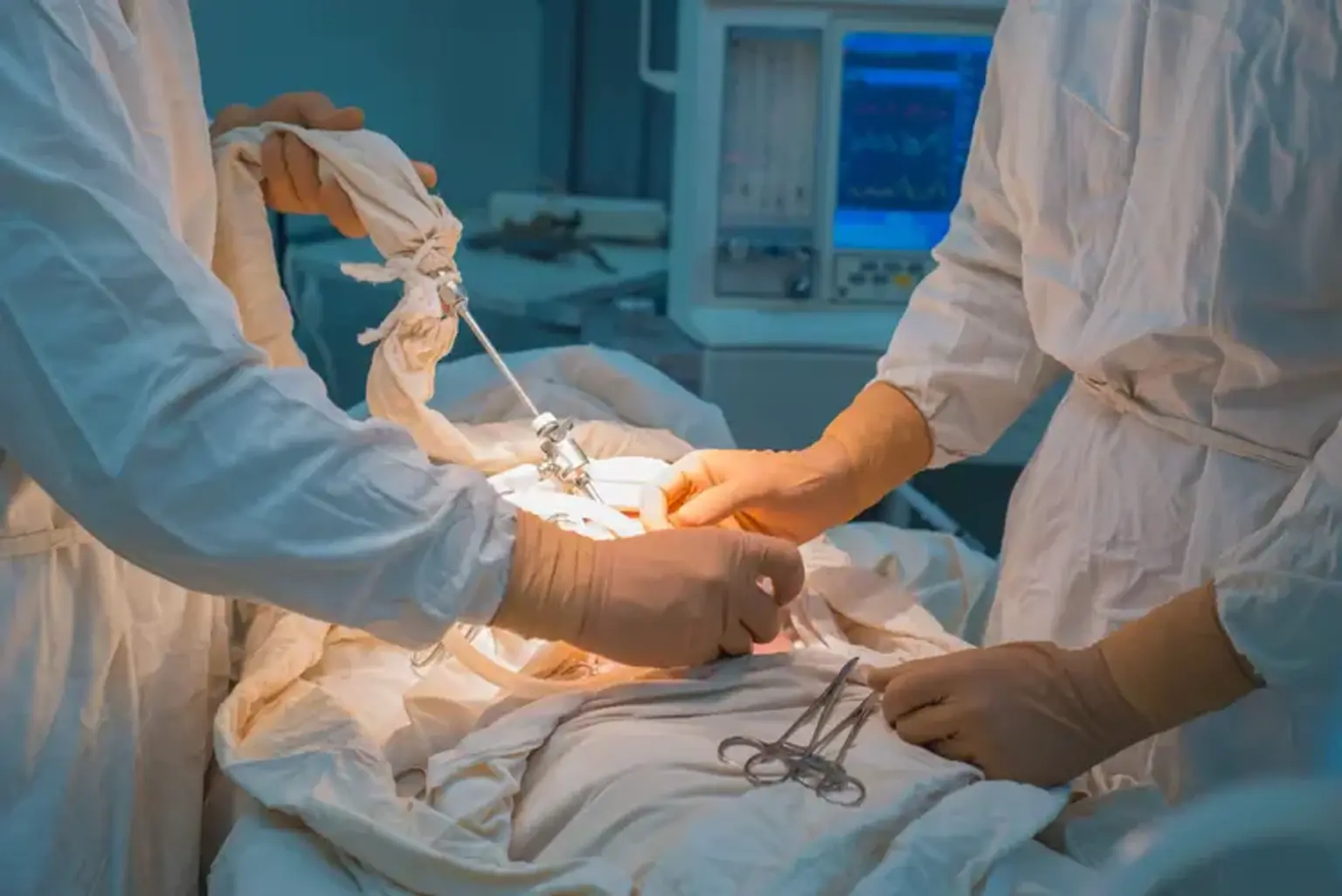Neonatal Laparoscopic Surgery
Laparoscopic and thoracoscopic treatments are both included in minimally invasive surgery (MIS). MIS has gradually gained acceptance as a neonatal surgical disease treatment option. When performed by skilled surgeons, MIS also has the added benefits of lessening tissue trauma, requiring less pain medication, shortening hospital stays, and providing superior clinical data. However, these financial and risk-based expenses of MIS do not come without trade-offs, and these risks increase disproportionately as patient size decreases (naturally), the most vulnerable are the newborns. To treat neonatal surgical conditions, surgeons must face a difficult mechanical and physiological challenge. Pediatric surgeons have historically been reluctant to accept MIS as the gold standard of surgical care. The causes are simultaneous technological, logistical, anatomical, physiological, and anesthesiologic issues. Pediatric surgeons from all over the world participated in a recent study that revealed their concerns about doing MIS for newborn diseases. Only one in ten suggests laparoscopic pyloromyotomy for pyloric stenosis, and only around one in three performs the procedure. Additionally, less than 25% support laparoscopic Ladd's surgery for malrotation.
Neonatal Surgery
Immediately after birth, newborns undergo neonatal surgery. It is primarily intended to heal diseases that cannot be identified or treated while the baby is still in the uterus. It might also be used to treat diseases that appear soon after birth. Neonatal surgery is frequently needed to treat developmental issues in premature infants. Neonatal surgery is used to treat a wide range of disorders, including the ones listed below:
